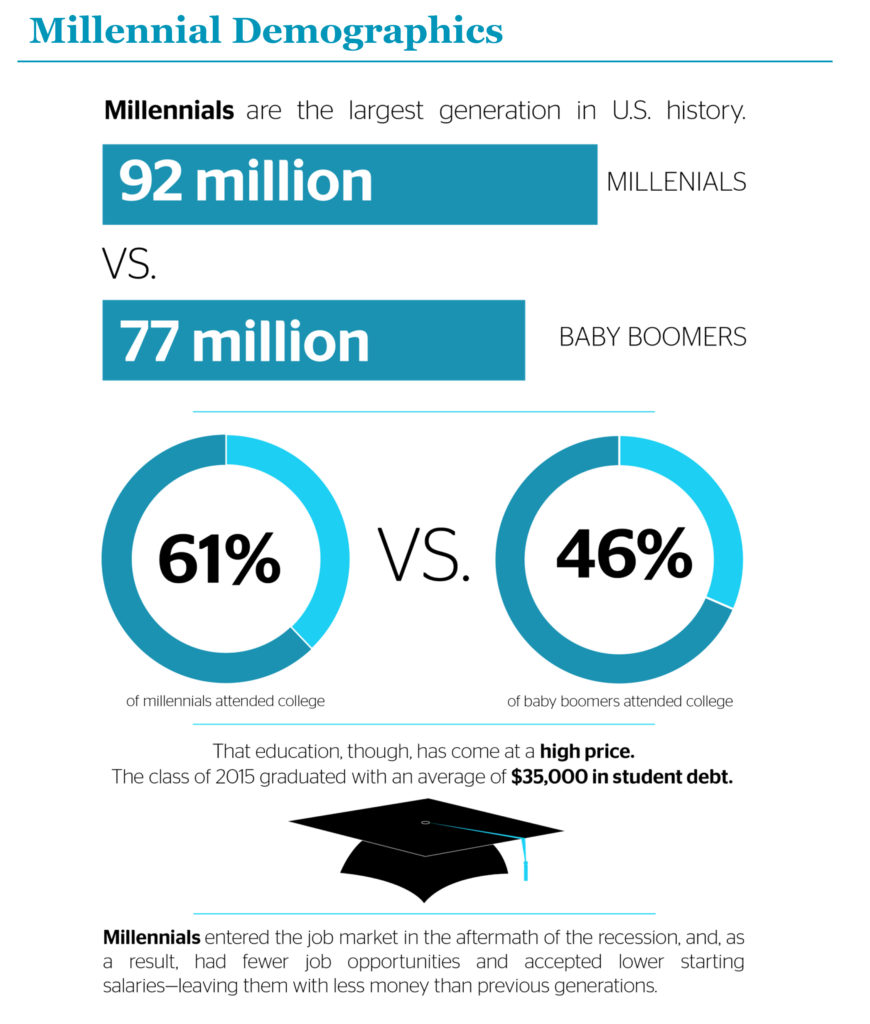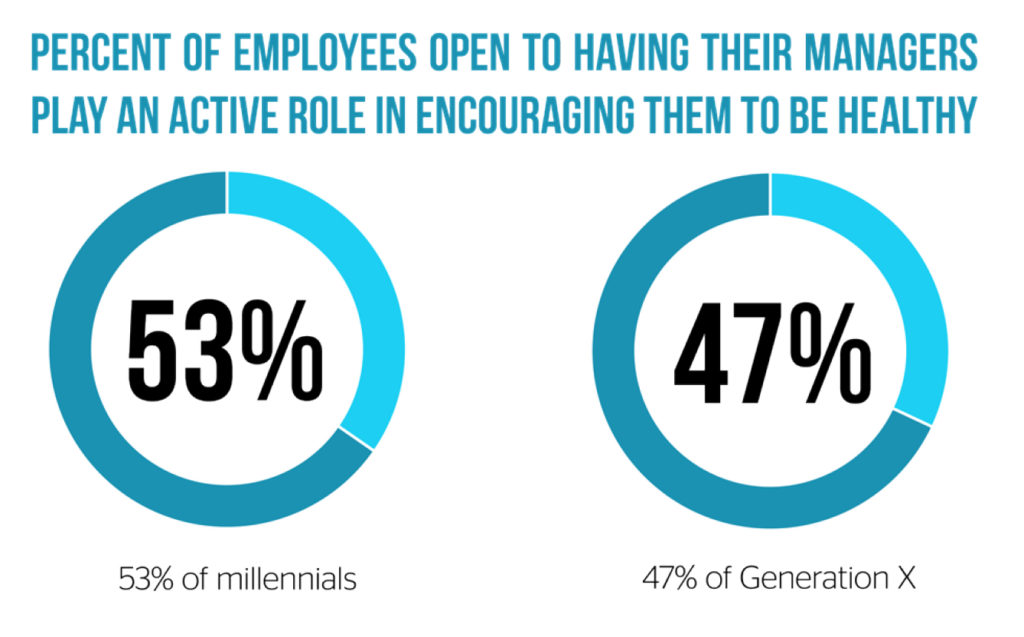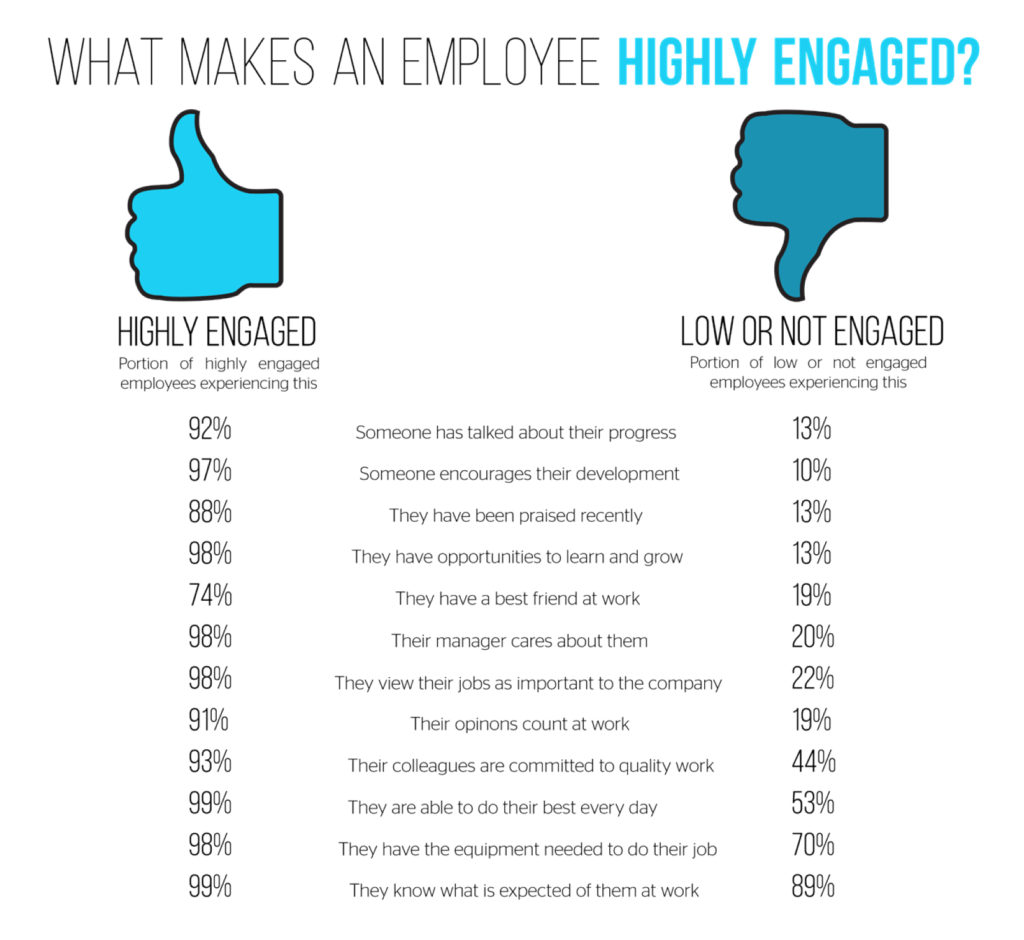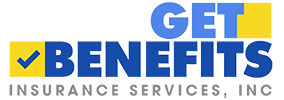With turnover costs skyrocketing and millennials expected to have more than 20 different jobs in their career, the big question is, how do you keep them around? The following is a list of retention strategies to consider when attempting to reduce turnover at your organization.

Offering Career Development Opportunities
Millennials grew up watching their parents, some of whom have been at organizations for decades, get laid off or demoted during the recession. As a result, they tend to resent traditional career ladders and companies that base promotions and raises on tenure rather than skills and talent.
If your company offers few or no internal advancement opportunities, employees that began in entry-level roles may look elsewhere after they have gained a year or two of experience.
Instead of using a traditional career ladder, develop a career-pathing program that offers employees the opportunity to continually learn new skills and move horizontally within your company. For more information on creating a career-pathing program, contact Get Benefits Insurance Services to receive our “Career-pathing Toolkit.”
72% of 18- to 34-year-olds said they are confused about the benefit options available to them.
Communicating Benefits
Compared to their older co-workers, millennials are less likely to understand their benefits. For many millennials, this may only be their first or second job, and they may not fully grasp how certain benefits like health insurance and 401(k) plans work. As a result, they may consider a job at another company that offers a higher base salary but has worse benefits, because they do not understand the full value of the benefits your company offers.
What You Can Do
- Use a wide range of communication tools. Older employees are more likely to favor written memos and meetings, while younger employees are likely to prefer blog posts, short videos, podcasts and social media posts.
- Highlight what sets your benefits apart from your competitors — for instance, a dollar-to-dollar 401(k) match with no vesting schedule, employer-paid parking (if in a city), or covering health insurance premiums in full.
- Get Benefits Insurance Services provides its clients with articles that can help employees better understand their benefits, in addition to sample total compensation statements, so you can highlight to employees the monetary value of the benefits you offer.
Promoting Workplace Wellness
In general, millennials are more receptive to workplace wellness efforts. They grew up hearing about the obesity epidemic, and understand more about the importance of exercise, eating well and not smoking than previous generations did.

What You Can Do
- Create or fine-tune your workplace wellness program. Even if your company doesn’t have a lot of money to dedicate to wellness, small steps like offering healthier vending machine options and holding walk-and-talk meetings can help promote wellness.
- Survey employees to understand what wellness initiatives would resonate most with them. Here at Get Benefits, we offer low-cost wellness programs, as well as no-cost Employee communications promoting staying healthy.
By considering the strategies mentioned above, you can improve retention efforts at your organization for not only millennials, but all employees. At the end of the day, what millennials want is the same as what most workers want—to be well compensated, to feel a sense of purpose, to have good benefits and to be able to maintain a healthy work-life balance.
By taking steps to increase retention, you can reduce turnover-related costs and continue to build talent from within. This, in turn, can improve your reputation within the community and increase employee morale—all of which can boost your bottom line.

